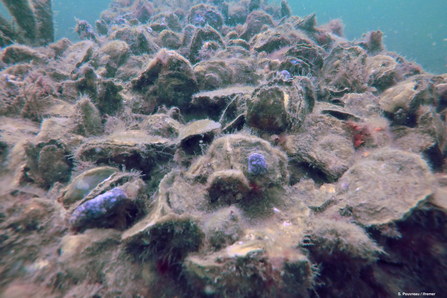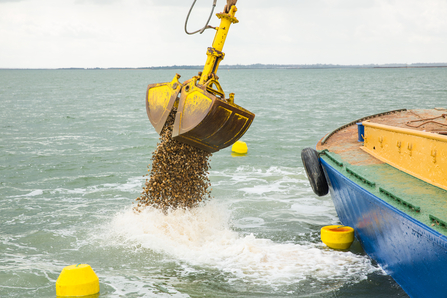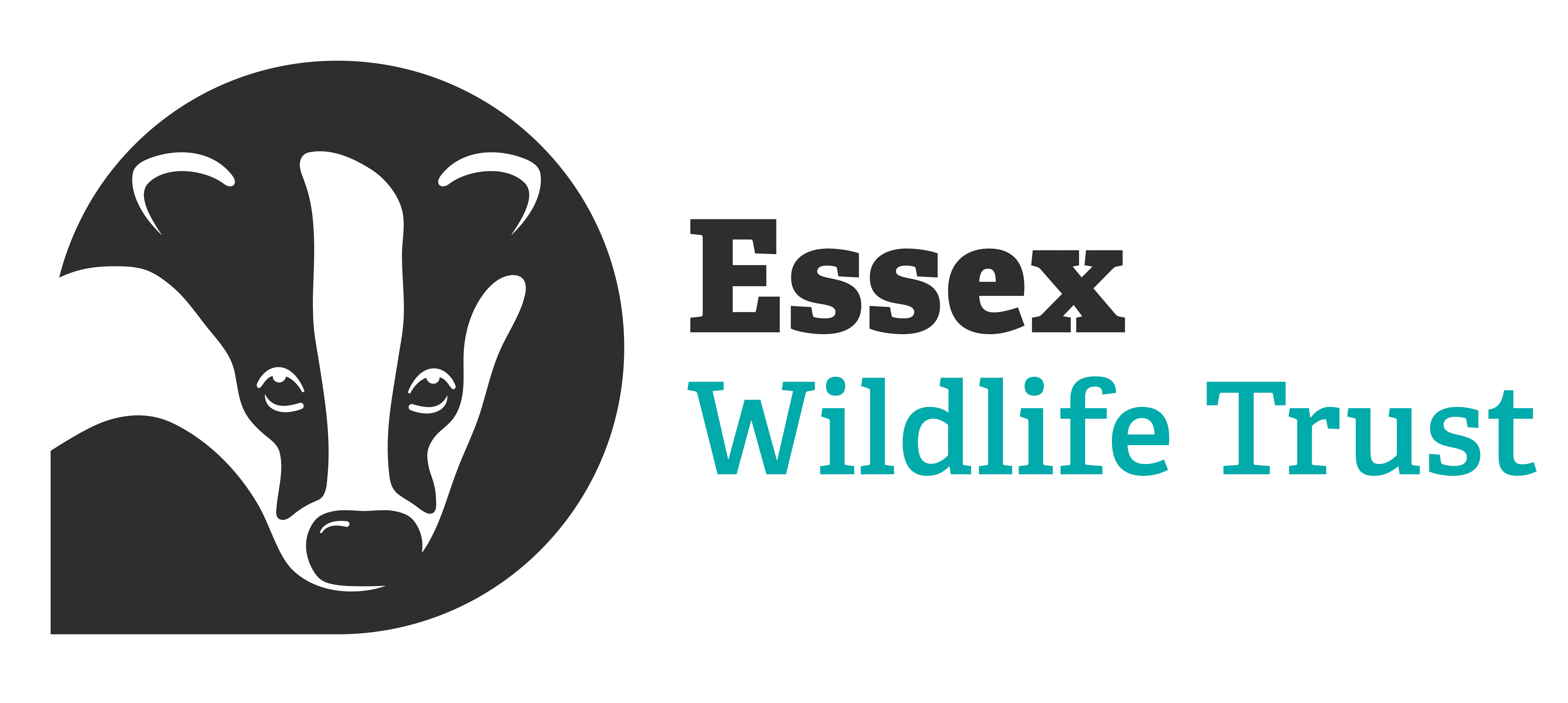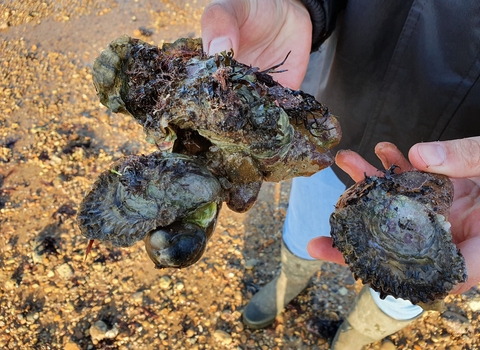What are native oysters?
Native oysters are a type of bivalve (meaning two shells) mollusc, but their two shells are not identical - one shell is rounded, and the other is flat. They are filter feeders, filtering plankton and detritus from the surrounding water column. They live on the seabed in shallow coastal waters and estuaries, and a big enough population can form dense beds or reefs.
The history of the 'Essex native'
Essex has an extraordinary oyster heritage. Records show that they were popular at Roman feasts. In the early 17th century, oyster trade was booming and by the 19th century more than 200 million native oysters were sold annually on the London market! Essex has a preserved oyster heritage and we still have local, knowledgeable oystermen working in the estuaries today.
Sadly, native oyster populations have since plummeted due to historic overharvesting, disease, pollution, habitat loss and the introduction of invasive species. Native oyster reefs are now among the most threatened marine habitats in the world. In the UK and Ireland, populations have declined by 95% and Essex holds one of the last remnant populations.
Why are native oysters important?
Underneath the stone-like appearance of the native oyster's grey exterior, there’s a lot to love about these fascinating marine molluscs.
Oysters are ecosystem engineers. These filter feeders pass water through their gill-like hairs, and absorb nutrients from the water, seas clean and healthy. A single oyster can filter and clean up to 200 litres a day.
By filtering our seas, sunlight is able to shine through the clearer waters and help new life grow. Plants like seagrass can thrive where the sun reaches thanks to the oysters, helping us to fight climate change.
With one flat and one curved edge, they are able to cement themselves to shells, rocks and each other, creating oyster beds and reefs that encourage biodiversity by providing food and shelter to other marine species.

Example of a restored native oyster reef, in Europe - Stephane Pouvreau
Essex Native Oyster Restoration Initiative
The Essex Native Oyster Restoration Initiative (ENORI) was formed in 2011 as a collaboration of local oystermen, conservation organisations, government, scientists and other key organisations. Essex Wildlife Trust is proud to be part of ENORI and together we are working towards the Essex estuaries having self-sustaining populations of native oysters.
In 2013, thanks to detailed native oyster surveys led by Essex Wildlife Trust and local oystermen, the 284km2 Blackwater, Crouch, Roach and Colne Estuaries Marine Conservation Zone (MCZ) was designated to recover native oyster populations and their associated beds.
Within the MCZ, a 200-hectare Restoration Box was designated in the Blackwater to recover native oyster beds and ENORI’s restoration work commenced there in 2019.

Cultch deployment in the Blackwater, 2019 - ZSL
Restoration in action
Oyster larvae attach themselves to hard substrate shells to grow, but as the reefs and oysterbeds are depleted, we must find ways of creating this for them.
To remedy this, stones and recycled shells from oysters bred in Mersea and sold in local areas, cockle shells from the Thames cockle fleet and scallop shells have been used as ‘cultch’ to improve the seabed below.
Since 2019, over one thousand tonnes of cultch (broken shell) has been deployed in the Restoration Box. Mature 'mother' oysters have also been added to improve the chances of oyster reproduction.
Recycled oyster shell at Abbotts Hall. When added to the Restoration Box in the Blackwater Estuary, this cultch will provide oyster larvae with a hard substrate to attach to and grow on.
ENORI outreach
Excitingly, as part of ENORI’s work, Essex Wildlife Trust’s Wilder Learning Team have developed new sensory shore search sessions for school groups with special educational needs and disabilities. The groups explore their local coast and learn about native oysters, the restoration project and coastal wildlife.
ENORI’s restoration and outreach activities have been funded by the National Lottery Heritage Fund and the Environment Agency.

